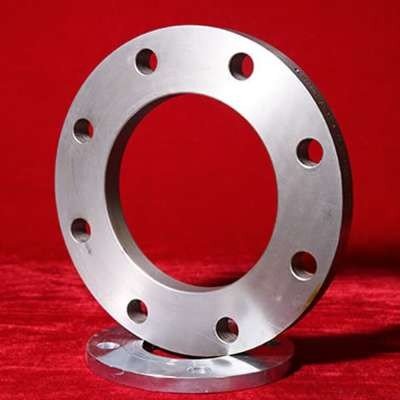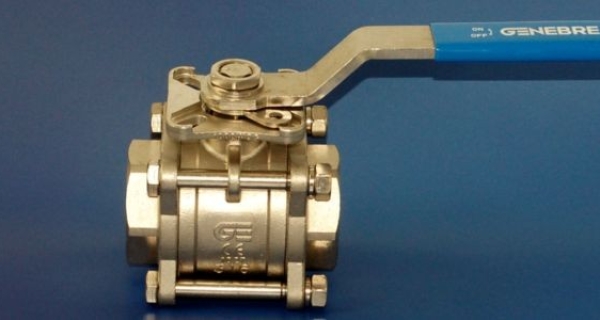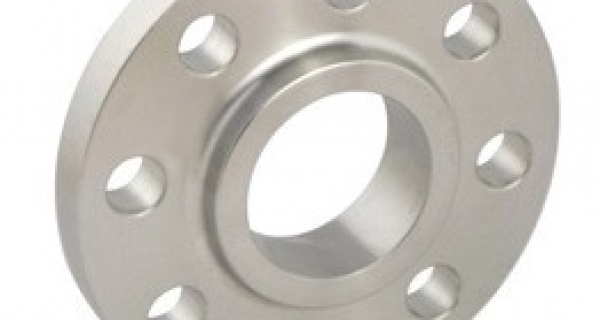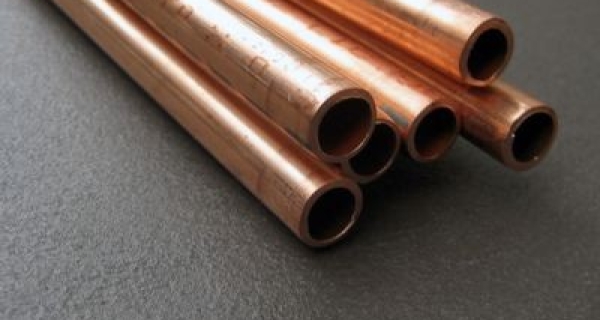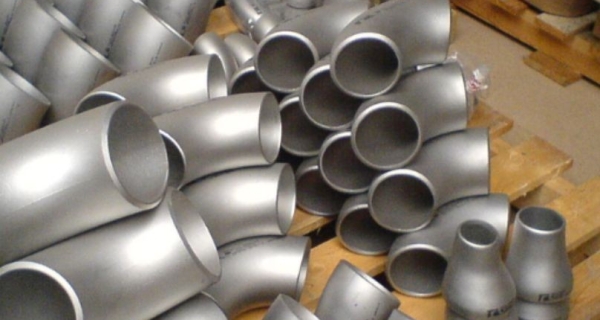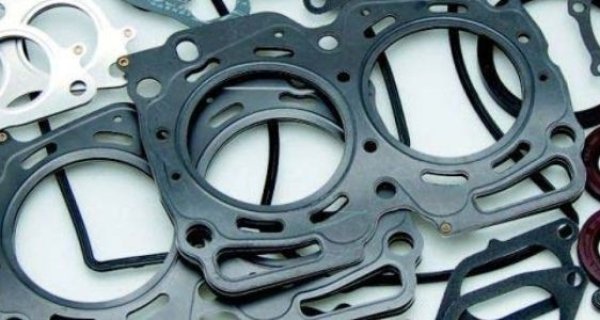Manufacturing Process for Fasteners in 7 steps
A fastener is a hardware component used universally for fixing joints with two or more things non-permanently. In general, fasteners are used to create non-permanent joints i.e. joints that can be removed or dismantled without harming or damaging the joining components. Welding is an example of creating permanent joints.
Posted 6 years ago in Magazines, updated 6 years ago.
Manufacturing Process for Fasteners in 7 steps
A fastener is a hardware component used universally for fixing joints with two or more things non-permanently. In general, fasteners are used to create non-permanent joints i.e. joints that can be removed or dismantled without harming or damaging the joining components. Welding is an example of creating permanent joints.
Fastener holds the joints of fixtures form holding the chairs & tables to automobile parts. Applications of fasteners are very diverse in the range from regularly used items like boxes, envelope where fasteners are used for closing them to hi-tech gazebos & special-purpose closing devices like the bread clip, etc. Fasteners exporter in Germany will discuss the manufacturing process of fasteners.
Step-1: Raw material inspection & storage
Raw material for the bolt to be decided upon the designer based upon where it is to be used. Material to be used to be inspected & then proper storage location to be identified in order to avoid rust formation & proper coverage needs to be provided.
Step-2: Unthreaded / Unfinished bolt manufacturing
Mostly casting & forging are used in this stage.
Other methods may also be used:
1. Sintering
2. Prototyping (Rapid)
Step-3: CNC machining
After the part has been manufactured via forging/casting route, it is then machined to the required dimensions usually by CNC.
The operations followed here are: pointing, facing, grooving.
Step-4: Heat Treatment
Heat treatment is done after machining to make the fasteners stronger. Hardening & tempering operations are followed.
First, hardening is done such that bolt is heated to a temperature of 850-900°C & then quenched in the cooling media.
Secondly, the bolt is again re-heated to bring back the extreme hardened bolt less soft, so that the bolt remains stronger. Re-heating is done to bring down the brittleness of the bolt which happened during hardening. To know more about fasteners, visit fasteners supplier in Germany.
Step-5: Surface Finishing
Next is the surface finish process. Generally, grinding process is carried out to make the surface smoother according to the surface finish specification.
Step-6: Thread Rolling
After finishing process, thread rolling is done with two dies. One is stationary & another is a moving die which actually exerts pressure on the bolts & forms threads.
Step-7: Coating
After thread rolling, bolts & screw fasteners are coated in order to prevent rust & corrosion. A good example of bolt coating is geomet coating in bolts which will be tested to SST (Salt Spray Test) depending upon the number of hours as specified.
Step-8: Inspection for Form, Fit & Function:
After all the processes being completed, finally, the fasteners from fastener manufacturer in Germany go to inspection.
